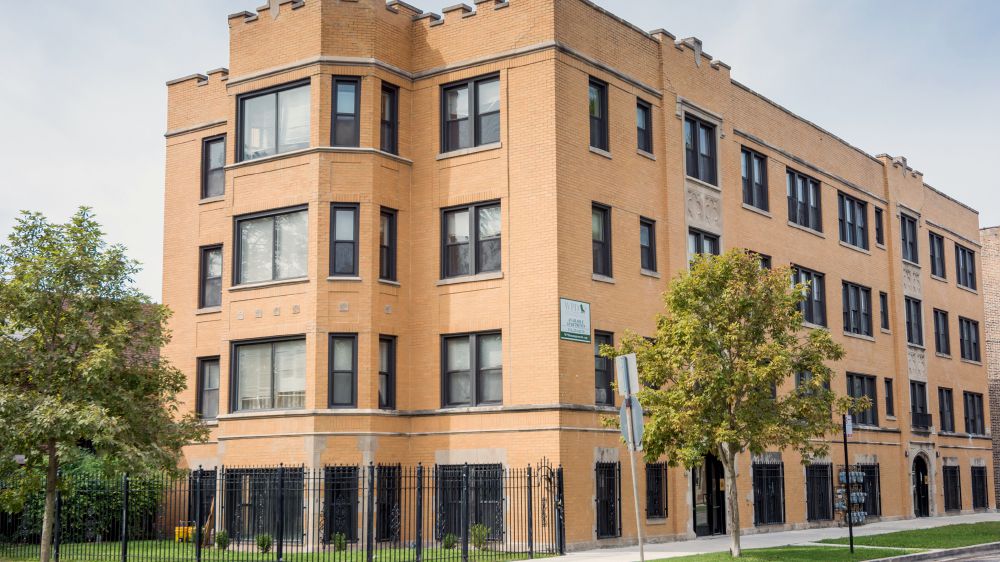12.10.19
Forbes: Will Apartments Be A Good Investment In 2020?

When I wrote a 2019 outlook article in January, the market was experiencing rent stagnation, and we were also expecting increases in interest rates in the first quarter of 2019. My advice was to focus on fundamentals, hone your investment strategy and underwrite conservatively. I guess that’s always good advice, but the impetus for the advice went away: Rent growth in multifamily resumed in early 2019, and interest rates went down instead of up. I’m obviously no Nostradamus, but I still want to share some things on my mind as I look forward ahead to 2020.
In my opinion, yes, apartments are still a good investment. As an asset class, multifamily is generally the most stable and predictable of all commercial real estate investments. Consider the following topics for multifamily in 2020 to keep your investments on solid ground and even improve your investment strategy.
Set your risk tolerance.
To me, our position in the current market is like Wile E. Coyote when he runs off the cliff but isn’t falling because he hasn’t yet looked down yet. We’re already in a recession but not feeling it the way we usually would because of interest rates. A recession can be a good thing for multifamily investors (I dove into why in another Forbes article). Before making any real estate investment, you should understand your risk tolerance. Set return parameters for your 2020 investments, and do not deviate. The 2020 market will not be a time to forecast aggressive upside potential in deals. If the returns don’t work in your model, don’t buy.
Understand the impact of local policy.
Along with setting you risk tolerances for 2020, dive deep into local policy to more accurately project how changes will affect your returns. Property taxes, occupancy, affordability, rent, labor cost and loans in your local market will impact your investment. Property taxes are generally expected to increase as municipalities seek to balance local budgets. How much of that might be slated for multifamily in your locale? Occupancy has been historically high, but are there changes locally in employment growth or loss that will change the operation of the property you’re analyzing? How sensitive will occupancy be to rent increases?
Affordable housing is a key issue in the U.S. that I am sure will be politicized during the 2020 presidential campaign. Think about what is happening in your market politically that might evidence in multifamily (i.e., rules for affordable inclusion in development, rent control, etc.). Has rent increased at a rate in your market over the last five years that suggests it might have reached a stabilization point? Is there still room to grow? What is happening with labor costs for everything from carpenters to property managers? Are minimum wage increases planned? Are local apartment lenders keeping pace with Fannie and Freddie, or are they tightening their underwriting or loan criteria? All these are examples of how local issues will be important in 2020 and could affect your multifamily investment.
Consider trends that are projected to gain momentum in 2020.
I continue to be surprised by the results of the intersection of technology and multifamily. Some of the hottest trends in apartments are driven by technology. Concierge management, co-living and short-term rentals are particularly interesting.
In my opinion, the old model of management will lose market share to concierge management in the coming years and potentially bring down property management costs. Offering residents the ability to submit requests, pay their rent, get a package delivery notification and a host of other services through an app or online portal is streamlining property management processes.
Co-living is already entrenched in major cities like New York, Washington and San Francisco, and it is gaining ground quickly in Chicago, which is where I am based. Co-living is more like a membership than a lease. These renters subscribe to one-month, three-month or annual agreements, sometimes even being able to hop between properties around the country. Tenants are assigned a bedroom, typically with en suite bathroom, and share luxury living and kitchen areas with other members. More and more people are looking for flexibility in where they live, which is a benefit of co-living. These units typically have a higher price per square foot than traditional rentals.
Short-term rentals are basically renting an apartment like you would an Airbnb. Check local legislation and restrictions on this type of operation to see if you could implement it. I see it taking further hold in traditional multifamily buildings in 2020. The upside is that even though you might have higher vacancy, your overall revenue should also be higher.
I believe multifamily will remain the golden child of investment real estate for the foreseeable future and definitely for the coming year. So, once again: Apartments are a good investment as long as investors set their risk tolerances, underwrite for changing local policies and keep an eye on trends. Check back with me at the end of the year for my 2021 prediction, and we’ll laugh together at some of my thoughts in this article.
